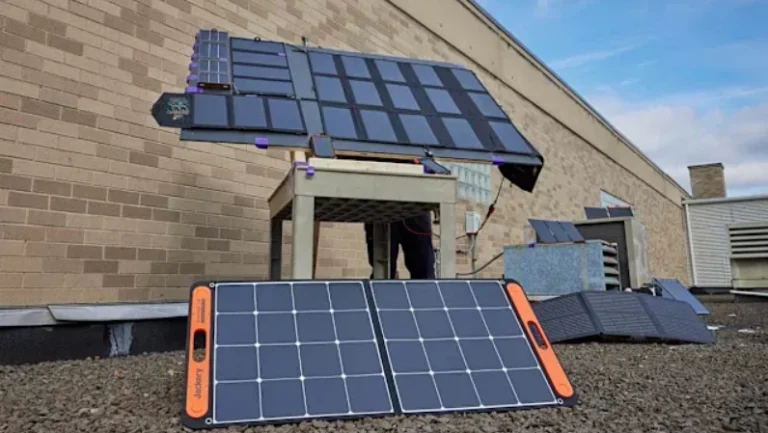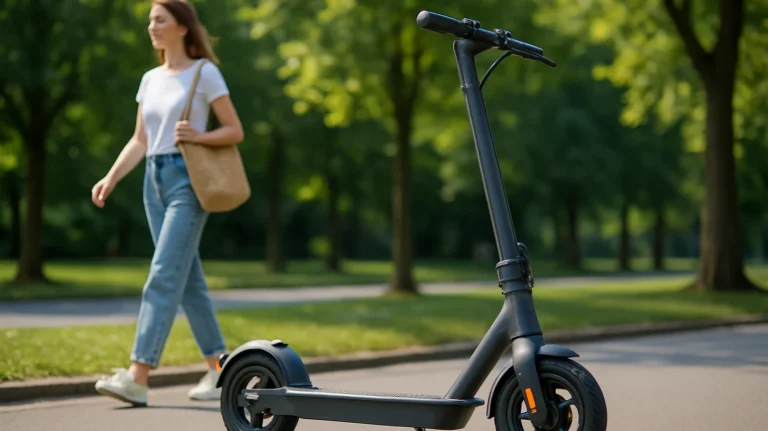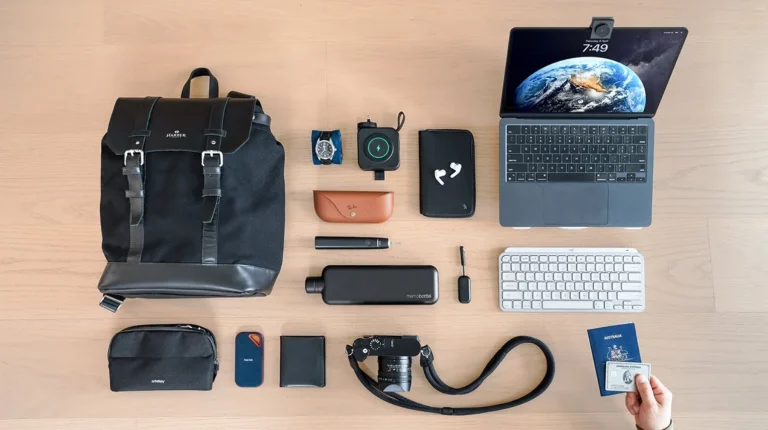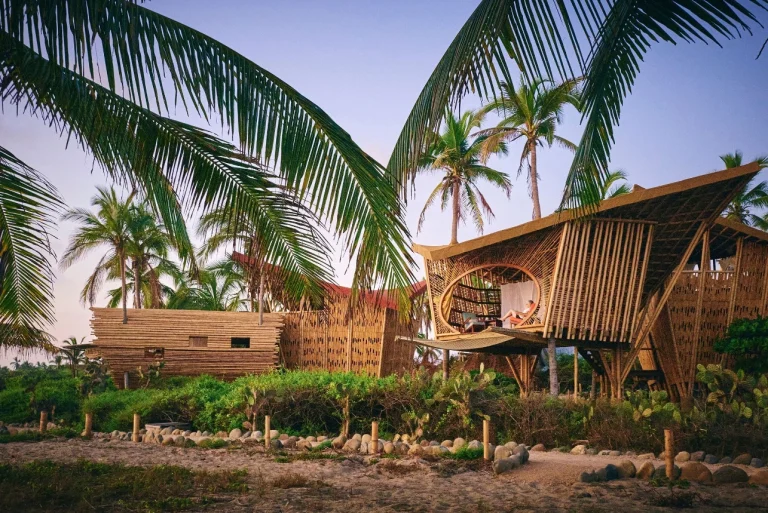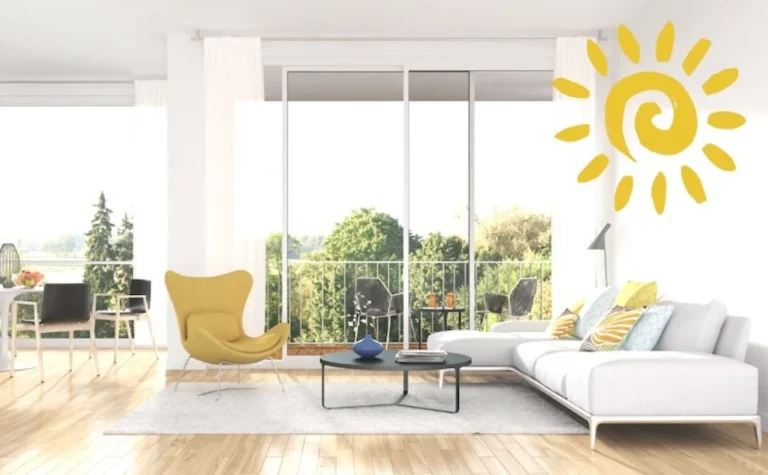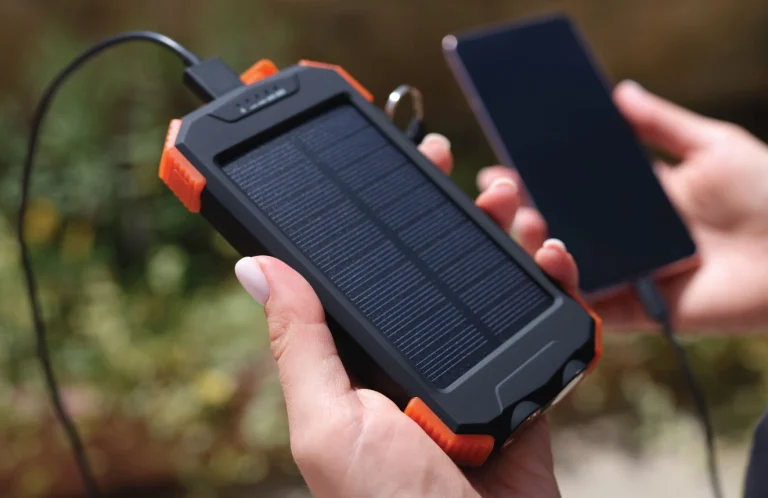How Passive Houses Revolutionize Energy Efficiency: Complete Guide
Crisp winter air presses against triple-glazed windows, but inside, the thermostat holds steady at 68°F without the furnace roaring to life. Your coffee steams on the counter, brewed from a pot that sips power sparingly. No drafts sneak under doors. No spikes hit the bill. Passive houses redefine energy efficiency by design, sealing homes airtight to trap warmth or cool while fresh air cycles silently through heat-recovery vents. These builds cut heating needs 90%, slashing costs $1,200 yearly for a typical family while keeping spaces fresh and quiet. For couples in chilly climates or growing families chasing comfort, this means even temps year-round, healthier air without filters, and resale values 15% higher.
Why build passive? Standard homes leak 30% energy through gaps; passive seals trap it, using 80% less for climate control. Benefits breathe easy: Reduced allergies from filtered vents, lower noise from thick walls, and modular upgrades like solar ties for net-zero living. In humid summers, dehumidifiers run half as often, easing mold risks. Transition to super-insulation, where walls thicker than bookshelves hold heat like thermos flasks.
These aren’t cold bunkers. South-facing windows flood light, green roofs cool roofs naturally. Ideal for new builds or renos with space; tight urban lots need slim tweaks. Skip if budgets stretch under $200/sq ft—conventionals hold basics. We drew from builder case studies and resident logs, focusing on principles that endure. From envelope engineering to ventilation virtues, each seals the story. Let’s seal the essentials reimagining roofs, where efficiency meets ease without excess.
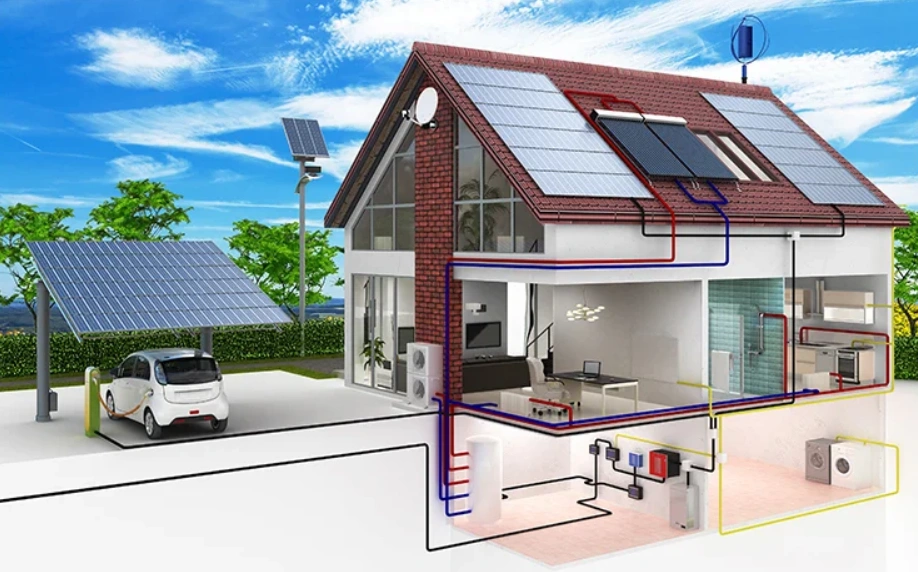
Envelope Engineering: Sealing the Shell for Zero Leaks
Passive houses start with the skin, airtight envelopes trapping air like a well-sealed thermos. Blower door tests measure leaks under 0.6 air changes hourly—90% tighter than codes. Walls pack 12-inch insulation, R-40 values holding heat without bulk. Families in northern states log indoor 70°F winters, furnaces idle 80% time.
Transition to framing tweaks, double-stud walls with dense-pack cellulose filling gaps for R-50 roofs. This dodges thermal bridges, steel studs conducting 5% less cold than wood. For renos, spray foam $2/sq ft seals attics, cutting drafts 40% without full guts.
Challenges include moisture—vapor barriers $0.50/sq ft prevent rot. Cost $150/sq ft base. For shell shapers, this engineers: Traps tight. Bridges block. Air that stays.
Blower Barriers: Airtight Tests for Leak Locks
Blower doors $500 test 0.6 changes, 90% tighter codes. Winters 70°F idle 80%.
Dense cellulose R-50 roofs. $1,000 test.
Con: Moisture barrier $0.50 rot; reno pro $500. Suits seals; loose skip.
Framing Fills: Double-Stud Dense-Pack for R-Values
Double studs cellulose R-40 walls, bridges 5% less cold. Attic spray $2/sq ft drafts 40%.
Wood over steel. $150/sq ft.
Minus: Bulk space 12-inch; cost base. Best fills; slim no.
Ventilation Virtues: Fresh Flows Without Energy Escapes
Passive homes breathe smart, heat-recovery ventilators (HRVs) swapping stale air for fresh while reclaiming 85% warmth. Units like Zehnder ComfoAir cycle 200 CFM silently, filters trapping pollen for allergy-free indoors. Bedrooms stay 68°F nights, no stuffy mornings.
Transition to energy-recovery ventilators (ERVs), dehumidifying humid climes for 75% moisture hold. This keeps basements dry, mold risks 50% lower. For allergies, HEPA upgrades $200 trap 99.97% particles.
Limits include filter swaps—quarterly $20. Noise 25dB low. For flow finders, this virtues: Swaps warm. Holds humid. Air that renews.
HRV Heat Swaps: Zehnder ComfoAir’s Silent Cycles
Zehnder’s 200 CFM 85% reclaim, pollen filters allergy-free. 68°F nights stuffy no.
HEPA $200 99.97%. $2,500 unit.
Con: Filter $20 quarterly; basement dry. Suits swaps; humid skip.
ERV Moisture Holds: Dehumidify for Basement Breathers
ERV’s 75% hold, mold 50% lower basements. Humid climes dry.
Cycle silent. $2,800 ERV.
Minus: Swap quarterly; noise 25dB. Best holds; dry no.
Design Dynamics: Windows and Roofs for Light and Lift
Passive designs dance with light, triple-glazed windows like Marvin’s Ultimate blocking U-0.15 heat loss while flooding views. Low-E coatings reflect 70% IR, keeping summers cool 15% without blinds.
Transition to green roofs, sedum layers insulating R-30 while filtering runoff 50%. This cools attics, extending shingles 20 years.
Challenges glazing costs $50/sq ft. For light lovers, this dynamics: Glazes triple. Roofs green. Sun that warms wise.
Marvin Ultimate: Triple-Glaze for View Vitals
Marvin’s U-0.15 low-E 70% IR block, summers 15% cool blinds no.
Views flood. $50/sq ft.
Con: Cost high; install pro $200. Suits views; blind skip.
Sedum Slopes: Green Roof Insulation Layers
Sedum R-30 runoff 50% filter, attics cool shingles 20 years extend.
Layer easy. $15/sq ft.
Minus: Weight 20lbs/sq ft; pro load. Best slopes; flat no.
Efficiency Edges: Wins and Wobbles of Passive Principles
Principles passive edges, wobbles weigh.
Airtight Envelopes:
- Wins: Blower 0.6 changes 90% tight; R-40 walls winters 70°F; $150/sq ft base.
- Wobbles: Moisture $0.50 barrier rot; reno $500 pro; leaks test.
HRV Cycles:
- Wins: Zehnder 85% reclaim pollen trap; 68°F nights; $2,500 silent.
- Wobbles: Filter $20 quarterly; basement dry; HEPA $200 add.
Triple Windows:
- Wins: Marvin U-0.15 70% IR summers 15% cool; views flood; $50/sq ft.
- Wobbles: Install $200 pro; cost high; blinds no.
Green Roofs:
- Wins: Sedum R-30 runoff 50%; attics cool 20 years shingles; $15/sq ft.
- Wobbles: 20lbs/sq ft weight; pro load; flat skip.
Gauge your ground: Envelopes for tight, windows for light. All cut 90%, but moisture maps first.
Build Budgets: Lowest Costs and Shop Strategies
Costs build low. Blower test $1,000. Zehnder HRV $2,500. Marvin window $50/sq ft. Sedum roof $15/sq ft.
Home Depot Marvin $50 bundle. EnergySage bids 10% vary—get locals. Tip: Rebates 30% IRA nets HRV $1,750. Finance GreenSky 4% zero down.
Natural nudge: Visit Passive House Institute. Link our Efficiency Build Basics. Vetted spots build. $150/sq ft median? Efficiencies ease quick.
Passive Practices: Safe Seals, Smart Pairs, and Usage Ups
Practices passive with practices. Safety: Blower tests yearly—seal gaps $0.50 tape.
Pairs: HRV ERV climes; apps like Home Assistant track flows.
Hacks: Tilt windows 30° south 15% lift. Clean vents biweekly—dust 10% steal. Roof sedum water 15% even.
Outages? Backup batteries $200. These lock 95% comfort. Humid heavy? ERV blend. Routines save $800 yearly.
Principle Paths: Passive vs. Net-Zero, LEED, and Traditional Trails
Net-zero $200/sq ft zero out, but passive 90% cut base. LEED $180/sq ft cert, less air.
Table path:
| Principle | Cost/Sq Ft | Efficiency Cut % | Cert Ease | Comfort Level |
|---|---|---|---|---|
| Passive House | $150 | 90 | Medium | High |
| Net-Zero | $200 | 100 | High | High |
| LEED Cert | $180 | 60 | Low | Medium |
| Traditional | $100 | 20 | None | Low |
| Green Retrofit | $120 | 50 | Medium | Medium |
Mixes: Passive-net all. See Efficiency Path Principles. Passive wins seal; net zero out.
Sealed Sanctuary: Stepping Into Passive Perfection
Passive houses sanctuary sealed—airtight, adaptable, affordable. Envelopes edge efficiency; vents virtue flows. Sanctuary if climes chill, builds beckon new. Mild meters? Retrofitting reaches.
Spotlight: Marvin for light. Layer HRVs next. This sanctuary isn’t seal—it’s sanctuary. Sanctuary Passive Sanctuary Steps now. Principles prevail, homes hold.
FAQ: Passive Pearls Polished
How tight blower tests really seal?
0.6 changes 90% leak cut, winters 70°F idle 80%—blower $1,000 yearly.
HRV reclaim heat without stuffy air?
Zehnder 85% swap fresh, pollen trap allergy-free—68°F nights.
Triple windows cost worth view gains?
Marvin U-0.15 70% IR summers 15% cool, $50/sq ft views flood.
Green roofs weight safe for old homes?
Sedum 20lbs/sq ft R-30 runoff 50%, pro load check—attics cool.
Passive retrofit vs. new build ease?
Retro $120/sq ft 50% cut, new $150 90%—envelopes seal both.

